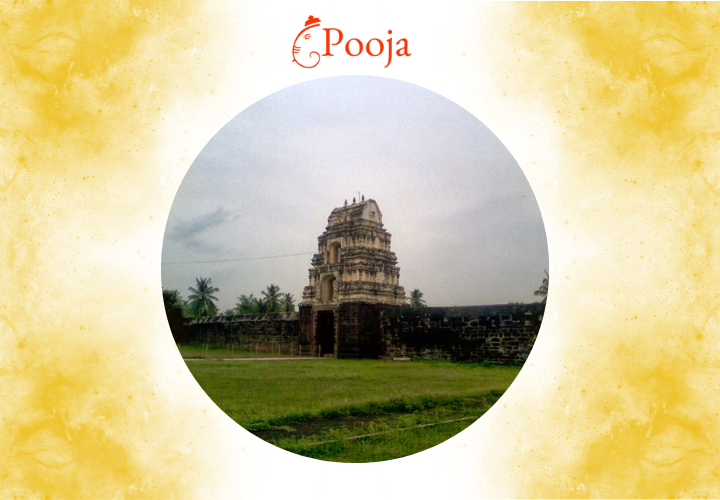About this puja
The Bhimeshwara Temple in Draksharamam, also known as the Draksharama Temple, is an ancient Hindu temple dedicated to Lord Shiva. Located in the East Godavari district of Andhra Pradesh, India, this temple holds immense religious significance and is revered as one of the Pancharama Kshetras, a group of five sacred temples dedicated to Lord Shiva in the region.
Mythological Significance and Legends
Legend of Bhima
According to Hindu mythology, the Bhimeshwara Temple derives its name from the legendary hero Bhima, one of the Pandava brothers from the epic Mahabharata. Legend has it that Bhima installed the Linga (an abstract representation of Lord Shiva) at Draksharama during the brothers' exile period. The Linga is believed to have been self-manifested (Swayambhu), symbolizing its divine origin.
Legend of Daksha Yagna
Another legend associated with Draksharama Temple revolves around the ancient sage Daksha and his daughter Sati, who was married to Lord Shiva. Daksha organized a grand yagna (sacrificial ritual) but deliberately omitted inviting Lord Shiva, his son-in-law. Sati, feeling insulted, immolated herself in the sacrificial fire. Enraged by the loss of his beloved wife, Lord Shiva destroyed the yagna and carried Sati's charred remains, leading to the Tandava Nritya (cosmic dance of destruction). The parts of Sati's body are believed to have fallen at various locations, and Draksharama is said to be where her left cheek fell.
Historical Development
The history of the Bhimeshwara Temple dates back to ancient times, with references found in Puranas and historical texts. The temple saw significant patronage and development under various dynasties, including the Eastern Chalukyas, Cholas, and Kakatiyas. Over the centuries, the temple underwent renovations and enhancements, reflecting the architectural styles and cultural influences of different periods.
Architectural Features
The Bhimeshwara Temple exemplifies traditional South Indian temple architecture, characterized by towering gopurams (entrance towers), ornate mandapams (pillared halls), and intricately carved sculptures depicting mythological motifs and deities. The main sanctum houses the Shiva Linga, adorned with elaborate decorations and offerings by devotees. The temple complex also includes shrines dedicated to other deities, such as Goddess Bhimeshwari and Lord Subrahmanya.
Spiritual Significance and Pilgrimage
The Bhimeshwara Temple holds immense spiritual significance for devotees seeking the blessings of Lord Shiva for prosperity, health, and spiritual fulfillment. Pilgrims visit the temple to partake in religious rituals, offer prayers, and seek divine blessings. The temple is also associated with the sacred Pancharama pilgrimage circuit, which includes four other temples dedicated to Lord Shiva in Andhra Pradesh.
Continued Reverence
Even today, the Bhimeshwara Temple continues to inspire devotees with its rich history, architectural grandeur, and profound spiritual resonance. It stands as a timeless symbol of devotion, faith, and the eternal presence of Lord Shiva, perpetuating the sacred legacy of Hinduism and the revered traditions of Andhra Pradesh.
Comments (0)

.png)







